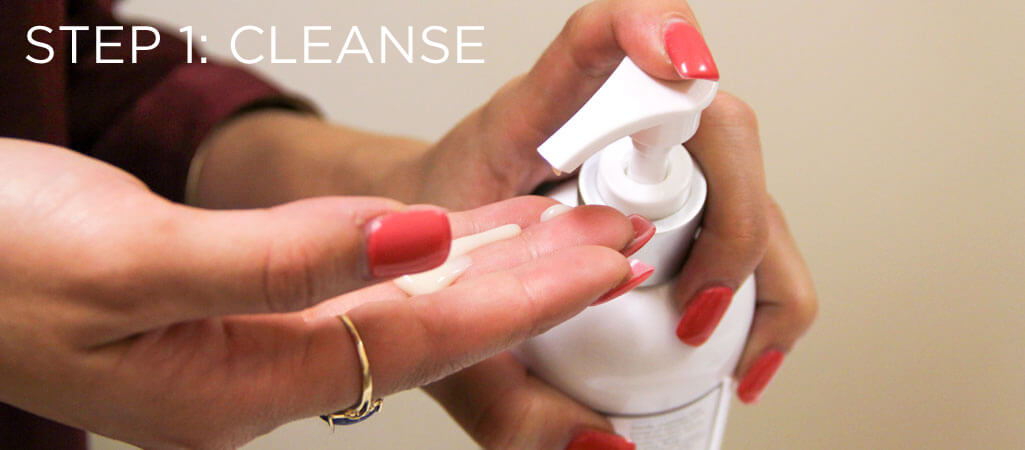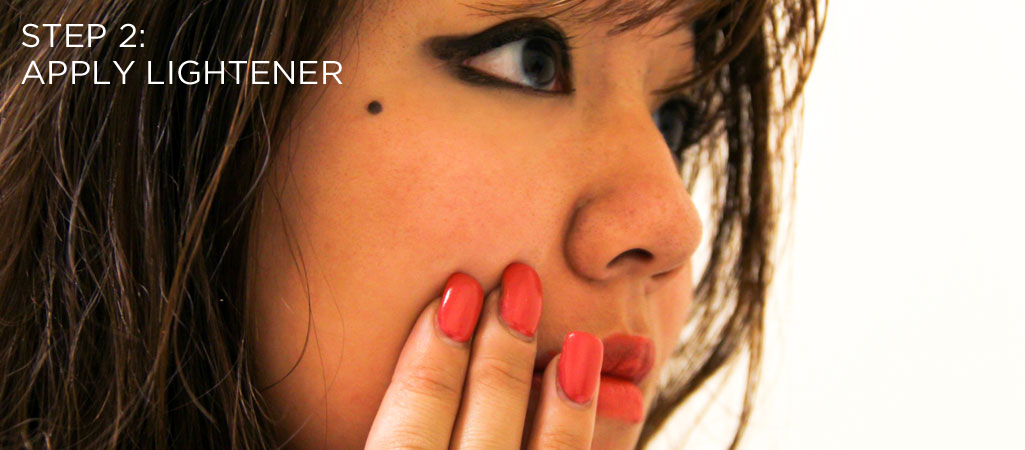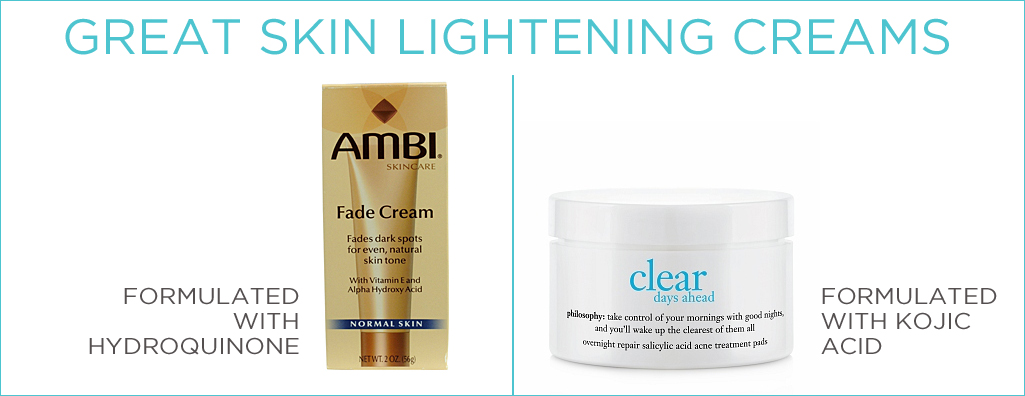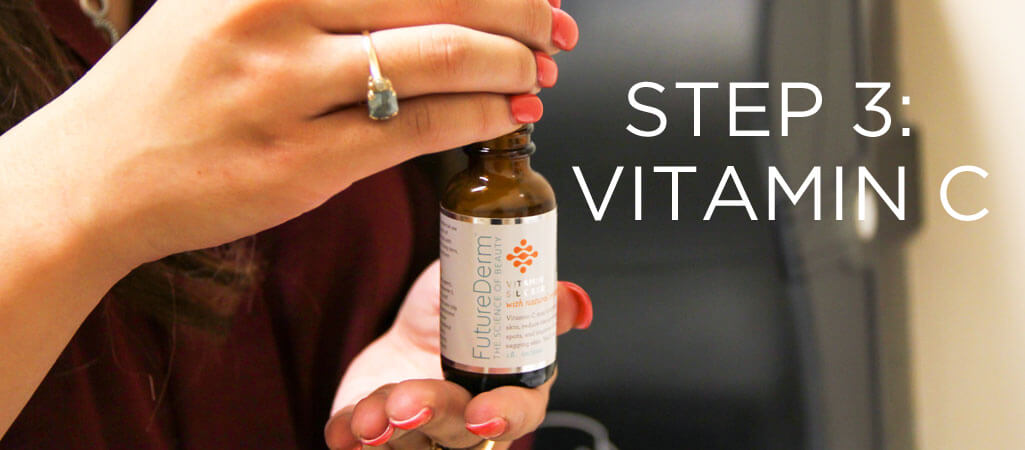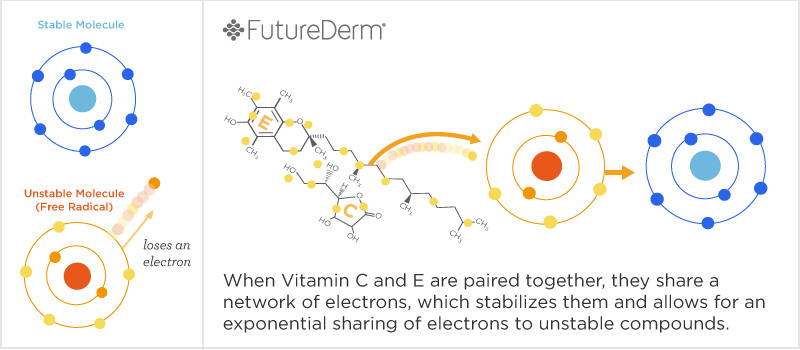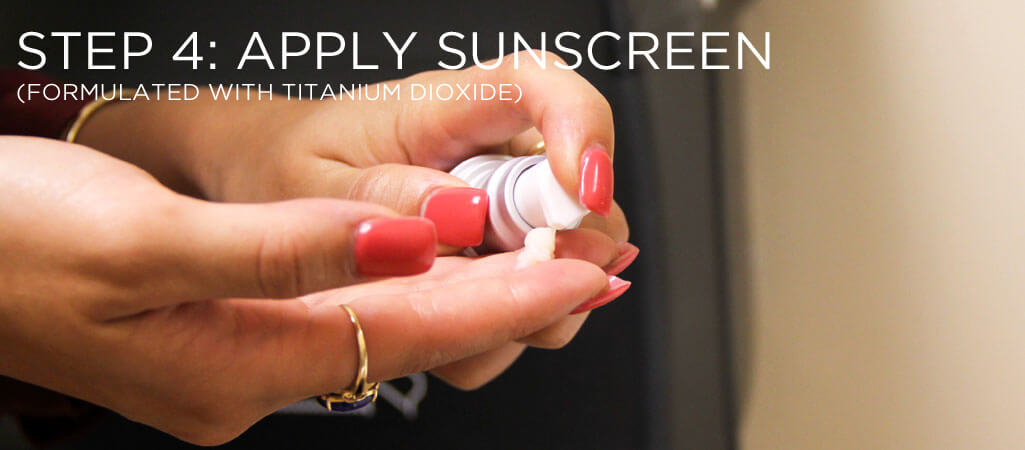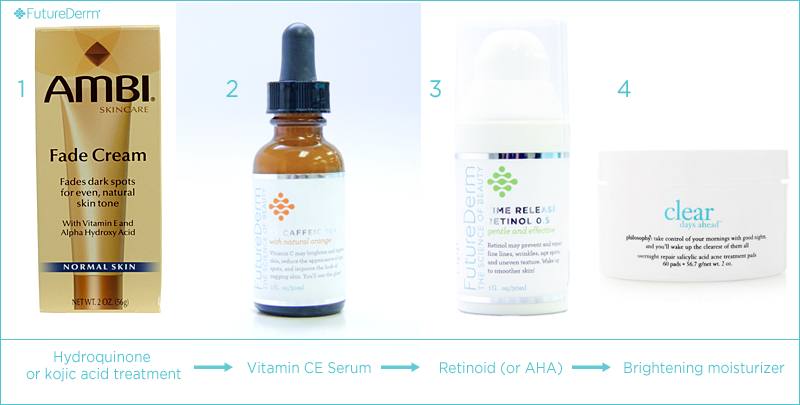Oh, sunspots.
I’ll admit, I’ve been blessed with pretty good genes. And environmental conditions have also been beneficial for my skin: Living in Pittsburgh, it’s regularly overcast and cloudy, without a lot of UV rays beaming down at me. (This isn’t great for a lot of reasons, but skin aging happens to be one of the ways it is fantastic!)
But one ailment I do get from time to time are sunspots. These pesky little brown spots appear any time I’ve been in the sun too long, regardless of whether or not I’ve used antioxidant serum and sunscreen.
Thankfully, however, I have learned from research how to get rid of them. The best skin care regimen for sunspots is not only easy, but it’s relatively affordable, and some of the best products are even at the drugstore! Here is what to do:
The Best Four-Step Regimen for Treating Sunspots
Prep the skin with a cleanser that will help treatment ingredients penetrate the skin better. I recommend a treatment with skin-purifiing AHAs like glycolic acid, or BHAs like salicylic acid. One favorite treatment cleanser of mine is Peter Thomas Roth 3% Glycolic Acid Cleanser.
Second, treat the sunspots with a potent skin lightener. I’m a supporter of hydroquinone. Despite rumors on the internet that hydroquinone can cause cancer, these have been established to be nothing more than rumors fueled by reports from applying thousands of times the regular concentration to the skin of rats. I like Ambi Fade Cream, which is surprisingly affordable at drugstores, but still contains 2% hydroquinone, the highest available over the counter.
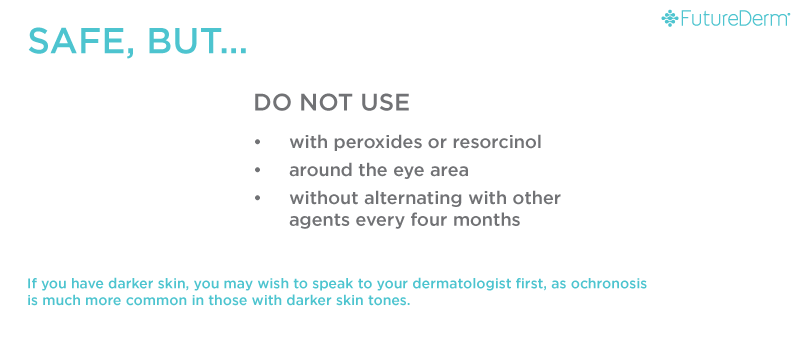 If you don’t want the risk of using hydroquinone, there are other notable skin lighteners, like kojic acid. I recommend Philosophy Clear Days Treatment Pads ($39.00, Amazon.com), which contain a high concentration of kojic acid, as well as glycolic acid and salicylic acid, which help the ingredients penetrate the skin.
If you don’t want the risk of using hydroquinone, there are other notable skin lighteners, like kojic acid. I recommend Philosophy Clear Days Treatment Pads ($39.00, Amazon.com), which contain a high concentration of kojic acid, as well as glycolic acid and salicylic acid, which help the ingredients penetrate the skin.
Apply Ambi Fade Cream, prescription hydroquinone, or Philosophy Clear Days Treatment Pads directly to the sunspots and affected areas. Let the ingredients drink into the skin for 5-10 minutes.
Third, you can brighten the skin all over the face with a potent vitamin CE treatment in the daytime. At night, apply either a retinoid (if you are not using kojic acid) or an AHA treatment (if you are using a kojic acid), niacinamide, or peptides. This may also help to alleviate sunspots in the future, as topically applied vitamin C has been found to minimize the damage from UVA rays when used in concentrations of at least 15% (British Journal of Dermatology).
And when it’s combined with vitamin E, it’s even better. Vitamin E works to protect against UVB radiation, while vitamin C is better for UVA (Acta Dermato-Venereologica). Combined, the two offer great broad-spectrum protection. Just remember to add some sunscreen overtop! (For the record, our FutureDerm Vitamin CE Caffeic Silk Serum 16+2 contains 2% vitamin E. But, the point of this article is not to talk about ourselves. *cough*)
Fourth, in the daytime, apply a broad-spectrum UVA/UVB sunscreen with zinc oxide, which has been shown to block a higher percentage of long-wavelength (and sunspot-stimulating) UVA rays.
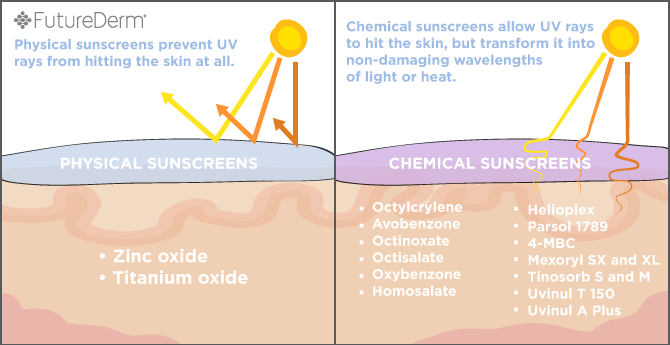
At night, a few great options for the crucial final fifth step include:
- Your Best Face Boost, for normal to dry skin. This lightweight serum-moisturizer brightens with niacinamide and Leucidal®. Using a technology similar to how Creme de LaMer is created — fermentation — Leucidal® introduces fresh lactic acid into the skin. Though this product can technically be used by all skin types, I especially love it for dry skin, since lactic acid is the only FDA-approved ingredient for dry skin as the main active ingredient in prescription Lac-Hydrin.
- Lumixyl MD Topical Brightening Creme, for normal, non-sensitive skin. According to a 2009 study in The Journal of Drugs in Dermatology, LumixylTM also improved melasma and overall facial aesthetics in five female participants – a significant finding in such a well-controlled study, though the sample size was small. Still, as researchers report, LumixylTM seems to hold great promise for treating hyperpigmentation and melasma. As I learned in a recent opportunity to interview LumixylTMscientists, the great promise of LumixylTM is the product’s ability to “deliver efficacy similar to hydroquinone, without the potential toxicity”.
- Apothederm Bright Skin Serum, for normal to oily skin. This brightening skin serum features brightening malic acid and oligopeptide 10, which together will help to brighten the skin.
Use this regimen daily and nightly for at least four months, for best results.
What About Sensitive Skin?
If you have sensitive skin, avoid adding more than one of the following to your regimen within a 2-to-4 week period:
- Hydroquinone (2%-4%) or kojic acid (2%-8%) on-the-spot treatment
- Vitamin C (15% or higher) and E (2% or higher) topical treatment by day
- Retinoid (0.5% or higher) or AHA (10% or higher) by night
- Potent brightening moisturizer (peptides at 2% or higher)
- Salicylic (2% or higher) or glycolic acid (3% or higher) cleanser.
I would recommend adding in the hydroquinone or kojic acid treatment first (Ambi Fade Cream or Philosophy Clear Days Treatment Pads, respectively).
Then I would recommend adding in a vitamin CE serum.
Next, add in a retinoid or AHA.
Lastly, add in the brightening moisturizer and/or salicylic acid cleanser.
Doing things in this order will get you the biggest bang for your buck, because you are going from the most concentrated treatment to the least, without upsetting your sensitive skin too much with a brand-new regimen all at once.
Bottom Line
You shouldn’t have to live with sunspots! By gently changing your routine, you can bolster your skin’s natural defenses against sunspots and hyperpigmentation, without redness, irritation, or inflammation.
What are your thoughts? Let me know in Comments!


